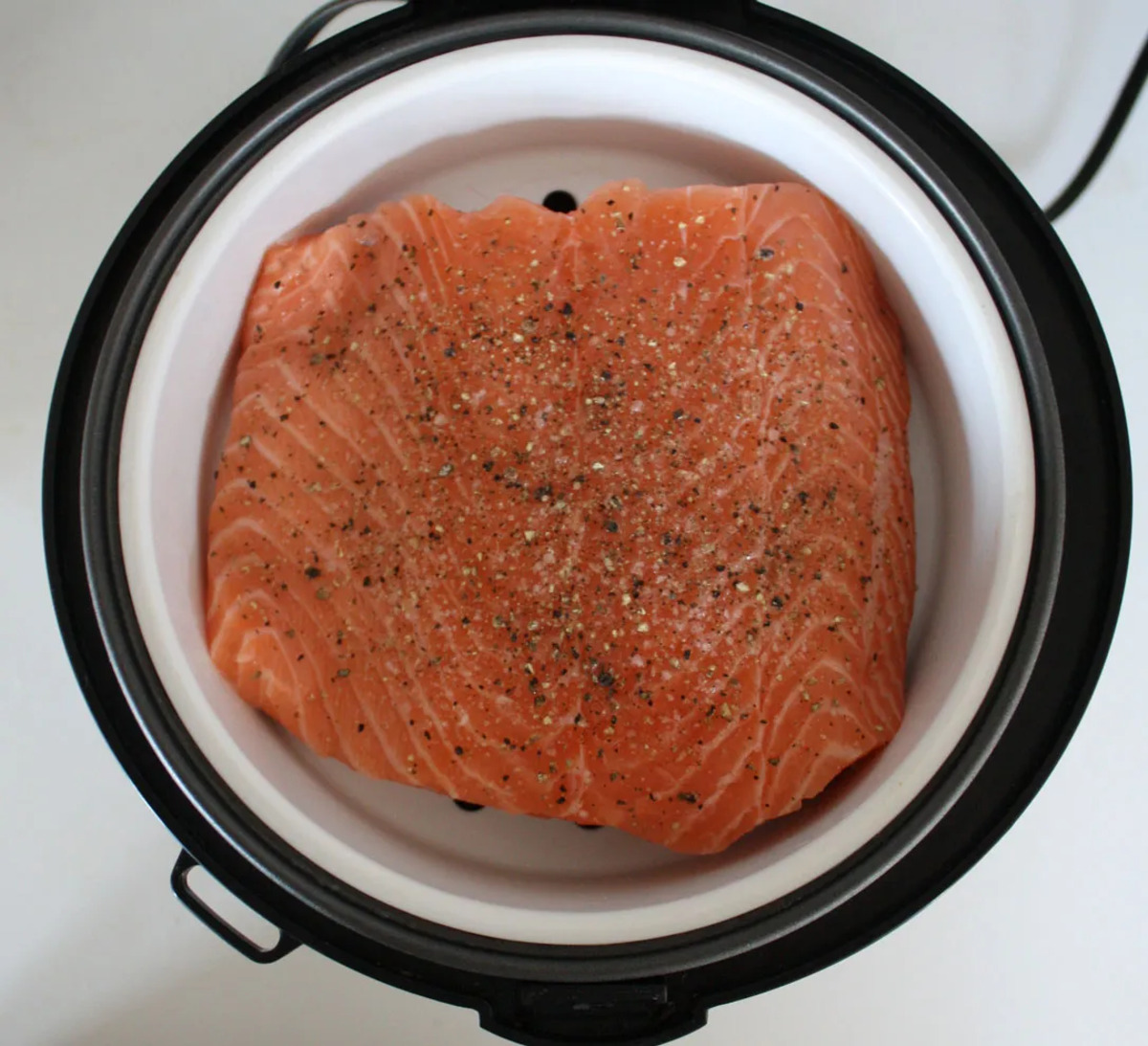

Articles
How Long To Steam Salmon In Rice Cooker
Modified: August 25, 2024
Discover how articles can help you learn the perfect timing for steaming salmon in a rice cooker, ensuring a delicious and healthy meal every time.
(Many of the links in this article redirect to a specific reviewed product. Your purchase of these products through affiliate links helps to generate commission for Storables.com, at no extra cost. Learn more)
Introduction
Steaming salmon in a rice cooker is not only a convenient way to cook this healthy and delicious fish, but it also ensures that the salmon retains its natural flavors and nutrients. With the right technique and a few tips, you can achieve perfectly steamed salmon every time.
Whether you’re a busy professional, a student, or just someone who enjoys cooking at home, using a rice cooker to steam salmon is a time-saving and foolproof method. In this article, we will guide you through the process of steaming salmon in a rice cooker, from choosing the right rice cooker to serving the perfectly cooked fish.
So let’s dive in and discover how long to steam salmon in a rice cooker and all the steps involved in achieving a mouthwatering and tender salmon dish.
Key Takeaways:
- Steaming salmon in a rice cooker is a convenient and foolproof method that yields perfectly cooked, tender, and flavorful fish. By following the steps outlined in this article, you can confidently prepare a delicious salmon dish that will impress your family and friends.
- Incorporate the provided tips and tricks to optimize the steaming process and elevate your culinary skills. With practice, you’ll master the art of steaming salmon in a rice cooker and can adapt the recipe to suit your personal preferences and dietary needs.
Read more: How Long To Steam Salmon In A Steamer
Choosing the Right Rice Cooker
When it comes to steaming salmon in a rice cooker, not all rice cookers are created equal. To ensure successful results, it’s important to choose the right rice cooker for the job.
Firstly, consider the size of the rice cooker. If you plan on steaming larger fillets of salmon or cooking for a group of people, opt for a larger rice cooker with a capacity of at least 6 cups or more. However, if you’re cooking for yourself or a small family, a smaller rice cooker will suffice.
Next, look for a rice cooker that has a steaming basket or tray included. This will allow you to easily place the salmon on top of the rice in the cooking pot, separating it from the water below to ensure proper steaming.
Additionally, choose a rice cooker that has a programmable timer feature. This will enable you to set the cooking time for the salmon, ensuring that it steams for the perfect duration without overcooking or undercooking.
Lastly, consider the overall quality and reliability of the rice cooker. Look for reputable brands that have positive reviews and a history of producing reliable kitchen appliances. This will help to ensure that your rice cooker will last for many cooking adventures to come.
By selecting the right rice cooker, you can set yourself up for success and achieve perfectly steamed salmon with ease.
Preparing the Salmon
Before you start the steaming process, it’s important to properly prepare the salmon. Follow these steps to ensure that your salmon turns out tender, flavorful, and perfectly cooked.
1. Start by choosing fresh, high-quality salmon. Look for fillets that have bright, firm flesh and a mild, fresh smell. Avoid fillets that have a fishy odor or appear discolored.
2. Rinse the salmon fillets under cold water and pat them dry with a paper towel. This helps to remove any impurities and excess moisture from the fish.
3. Season the salmon fillets to enhance their flavor. You can use a simple seasoning of salt and pepper, or get creative and try a variety of herbs and spices such as dill, garlic, lemon zest, or paprika. Rub the seasonings onto both sides of the fish, ensuring an even coating.
4. If desired, you can also marinate the salmon fillets for extra flavor. Place the seasoned fillets in a shallow dish or zip-top bag and pour your chosen marinade over them. Some popular marinades for salmon include teriyaki sauce, soy ginger glaze, or a citrus herb mixture. Allow the salmon to marinate in the refrigerator for at least 30 minutes, or up to overnight.
By taking the time to properly prepare the salmon, you’ll enhance its natural flavors and create a delicious base for steaming in the rice cooker.
Preparing the Rice Cooker
Now that the salmon is ready, it’s time to prepare the rice cooker for steaming. Follow these steps to ensure that your rice cooker is set up correctly for a successful cooking process.
1. Begin by measuring and rinsing the desired amount of rice, depending on how many servings you plan to make. Rinse the rice under cold water until the water runs clear, to remove any excess starch and improve the texture of the cooked rice.
2. Add the rinsed rice to the rice cooker pot, along with the appropriate amount of water, following the instructions on the rice package for the correct water-to-rice ratio.
3. Place the steaming basket or tray on top of the rice in the rice cooker. This will keep the salmon elevated and separate from the water, allowing it to steam properly.
4. If you wish to infuse additional flavors into the rice, you can add ingredients like sliced onions, garlic, or herbs to the rice cooker. This will give the rice a delectable aroma and taste.
5. Close the lid of the rice cooker securely, ensuring that there are no gaps or openings. The steam needs to be trapped inside the rice cooker to properly cook the salmon and rice.
With the rice cooker prepared, you’re now ready to start the steaming process and cook your salmon to perfection.
Steaming the Salmon
Now comes the exciting part – steaming the salmon in the rice cooker. Follow these steps to ensure that your salmon is cooked to perfection and retains its delicate texture and flavors.
1. Plug in the rice cooker and press the “Cook” or “Start” button to initiate the cooking process. The rice cooker will begin to heat up and generate steam.
2. Once the rice cooker has started to generate steam, carefully place the salmon fillets onto the steaming basket or tray, making sure they are evenly spaced apart. This will allow the steam to circulate around each fillet, ensuring even cooking.
3. Close the lid of the rice cooker, trapping the steam inside. This will create a controlled environment for the salmon to gently cook in.
4. Set the timer on the rice cooker according to the recommended cooking time for salmon, typically around 10-15 minutes, depending on the thickness of the fillets. The timer will vary depending on the rice cooker model, so refer to the instructions provided by the manufacturer.
5. Avoid opening the lid of the rice cooker during the cooking process, as this will release the steam and disrupt the cooking time. Trust the timer and allow the salmon to cook undisturbed.
6. While the salmon is steaming, take the opportunity to prepare any side dishes or garnishes that you plan to serve with the fish. This could include a refreshing salad, a zesty sauce, or a side of steamed vegetables.
7. Once the timer goes off, carefully open the lid of the rice cooker, being cautious of the hot steam that will escape. Use a fork or a pair of tongs to gently lift the salmon fillets off the steaming basket or tray.
By following these steps, you’ll be able to achieve beautifully steamed salmon that is moist, tender, and full of flavor.
Steam salmon in a rice cooker for 10-15 minutes, depending on the thickness of the fillet. Add some aromatics like lemon slices or herbs for extra flavor.
Checking for Doneness
After steaming the salmon in the rice cooker, it’s important to check for doneness to ensure that it is cooked to your desired level. Here are a few methods to determine if your salmon is cooked through.
1. Visual Inspection: Start by visually inspecting the salmon. The flesh should be opaque and have a slightly pink color in the center. If the flesh appears translucent or raw, it needs more cooking time.
2. Flake Test: Gently insert a fork into the thickest part of the salmon fillet and gently twist it. The fish should easily flake apart, and the flakes should appear moist and slightly translucent. If the fish is still firm or resistant to flaking, it needs more time to cook.
3. Internal Temperature: For a more precise method, use an instant-read thermometer to check the internal temperature. The FDA recommends cooking fish to an internal temperature of 145°F (63°C). Insert the thermometer into the thickest part of the fillet, making sure not to touch the bone or pan. If the salmon has reached the recommended temperature, it is safe to consume.
Remember that the cooking time may vary depending on the thickness of the salmon fillets and the power of your rice cooker. It is always better to slightly undercook the salmon than to overcook it, as the residual heat will continue to cook the fish slightly after removal from the rice cooker.
If the salmon is not fully cooked, simply place it back in the rice cooker for a few more minutes until it reaches the desired level of doneness.
By using these methods to check for doneness, you can ensure that your salmon is perfectly cooked and ready to be served.
Serving the Steamed Salmon
Now that your salmon is perfectly steamed and cooked, it’s time to plate and serve this delicious dish. Follow these suggestions to present your steamed salmon in an enticing and appetizing way:
1. Carefully transfer the steamed salmon fillets to a serving plate using a spatula or tongs. Be gentle to avoid breaking the delicate flesh.
2. Garnish the salmon with fresh herbs, such as dill or parsley, to add a pop of color and freshness.
3. Consider adding a squeeze of lemon juice over the salmon just before serving to brighten the flavors and enhance the taste.
4. Pair the steamed salmon with a side dish of your choice. It could be steamed vegetables, a refreshing salad, or a bed of fluffy rice or quinoa.
5. Serve any sauces or condiments alongside the salmon, such as a lemon-dill sauce, a creamy garlic sauce, or a tangy yogurt sauce. These will complement the flavors of the salmon and add an extra layer of taste.
6. For presentation, you can arrange the salmon fillets on a bed of greens or alongside colorful roasted vegetables. This will make the dish visually appealing and add to the overall enjoyment of the meal.
7. Finally, invite your guests to dig in and savor the succulent and tender steamed salmon. Enjoy the balanced flavors, the moist texture, and the health benefits of this nutritious dish.
Remember, the possibilities are endless when it comes to serving the steamed salmon. Feel free to experiment with different ingredients, flavors, and side dishes to create a meal that suits your preferences and satisfies your taste buds.
With these serving suggestions in mind, you’re ready to delight your guests or simply enjoy a wonderful meal with your loved ones.
Tips and TricksSteaming salmon in a rice cooker can be a simple and rewarding cooking method. To ensure the best results, here are some additional tips and tricks to consider:
- Use fresh and high-quality salmon for the best flavor and texture.
- Experiment with different seasonings and marinades to enhance the taste of the salmon.
- If you prefer a crispy or caramelized exterior, you can sear the steamed salmon in a hot pan with a little oil for a minute or two after steaming.
- For added flavor and aroma, try adding a splash of white wine or citrus juice to the water in the rice cooker.
- Be mindful of the cooking time, as overcooked salmon can become dry and less flavorful. It’s better to slightly undercook the salmon and allow it to rest for a few minutes before serving.
- Consider adding vegetables, such as sliced carrots or asparagus, to the steaming basket along with the salmon for a complete meal in one pot.
- Don’t overcrowd the salmon in the steaming basket or tray. Leave enough space for the steam to circulate and cook the salmon evenly.
- If you want to infuse the salmon with additional flavors, place fresh herbs or sliced lemons on top of the fillets before steaming.
- To save time and effort, you can prepare the salmon and seasonings in advance and store them in the refrigerator until you’re ready to steam.
- Clean the rice cooker thoroughly after each use, paying attention to any fishy odors or residue that may cling to the pot or steaming tray.
These tips and tricks will help you master the art of steaming salmon in a rice cooker, allowing you to create delicious and healthy meals with ease.
Conclusion
Steaming salmon in a rice cooker is a convenient and foolproof method that yields perfectly cooked, tender, and flavorful fish. By following the steps outlined in this article, you can confidently prepare a delicious salmon dish that will impress your family and friends.
Choosing the right rice cooker, properly preparing the salmon, and setting up the rice cooker for steaming are crucial steps in the process. Monitoring the salmon for doneness through visual inspection, flaking, or checking the internal temperature ensures that it is cooked to your desired level.
Serving the steamed salmon can be a delightful experience. Pair it with side dishes of your choice, garnish with fresh herbs, and add a squeeze of lemon juice for a burst of flavor. Let your creativity shine and experiment with different sauces and condiments to enhance the taste even further.
Remember to incorporate the provided tips and tricks to optimize the steaming process and elevate your culinary skills. With practice, you’ll master the art of steaming salmon in a rice cooker and can adapt the recipe to suit your personal preferences and dietary needs.
So, why not give steaming salmon in a rice cooker a try? It’s a time-saving technique that guarantees moist and delectable results. Enjoy the health benefits of this nutritious fish while savoring the delicate flavors that steaming preserves.
Start your culinary adventure today and discover the joy of steamed salmon in a rice cooker! Happy cooking!
Frequently Asked Questions about How Long To Steam Salmon In Rice Cooker
Was this page helpful?
At Storables.com, we guarantee accurate and reliable information. Our content, validated by Expert Board Contributors, is crafted following stringent Editorial Policies. We're committed to providing you with well-researched, expert-backed insights for all your informational needs.
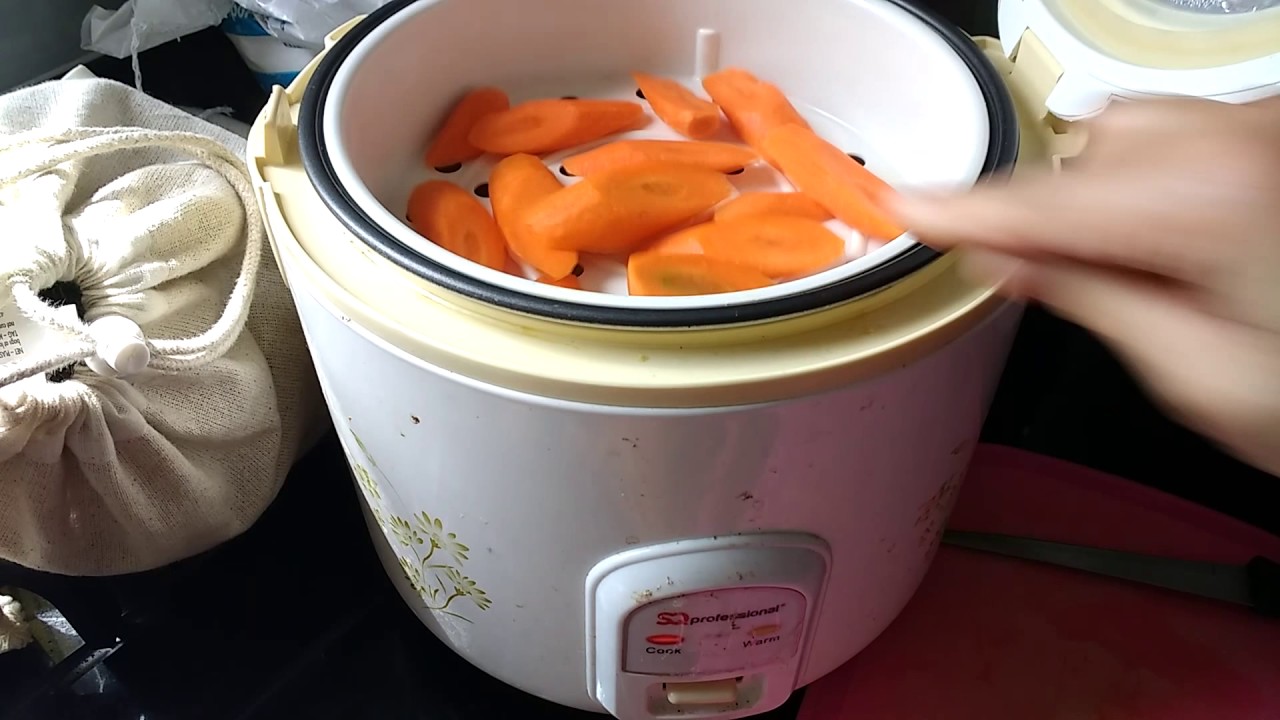
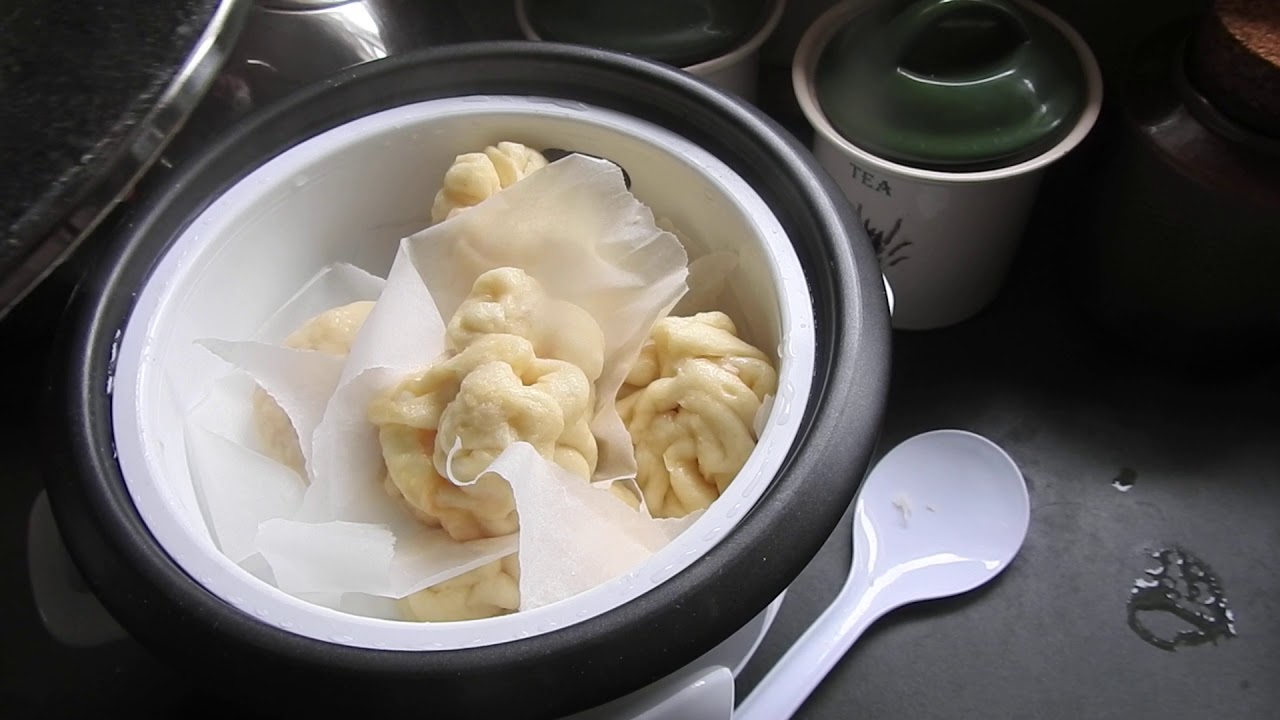
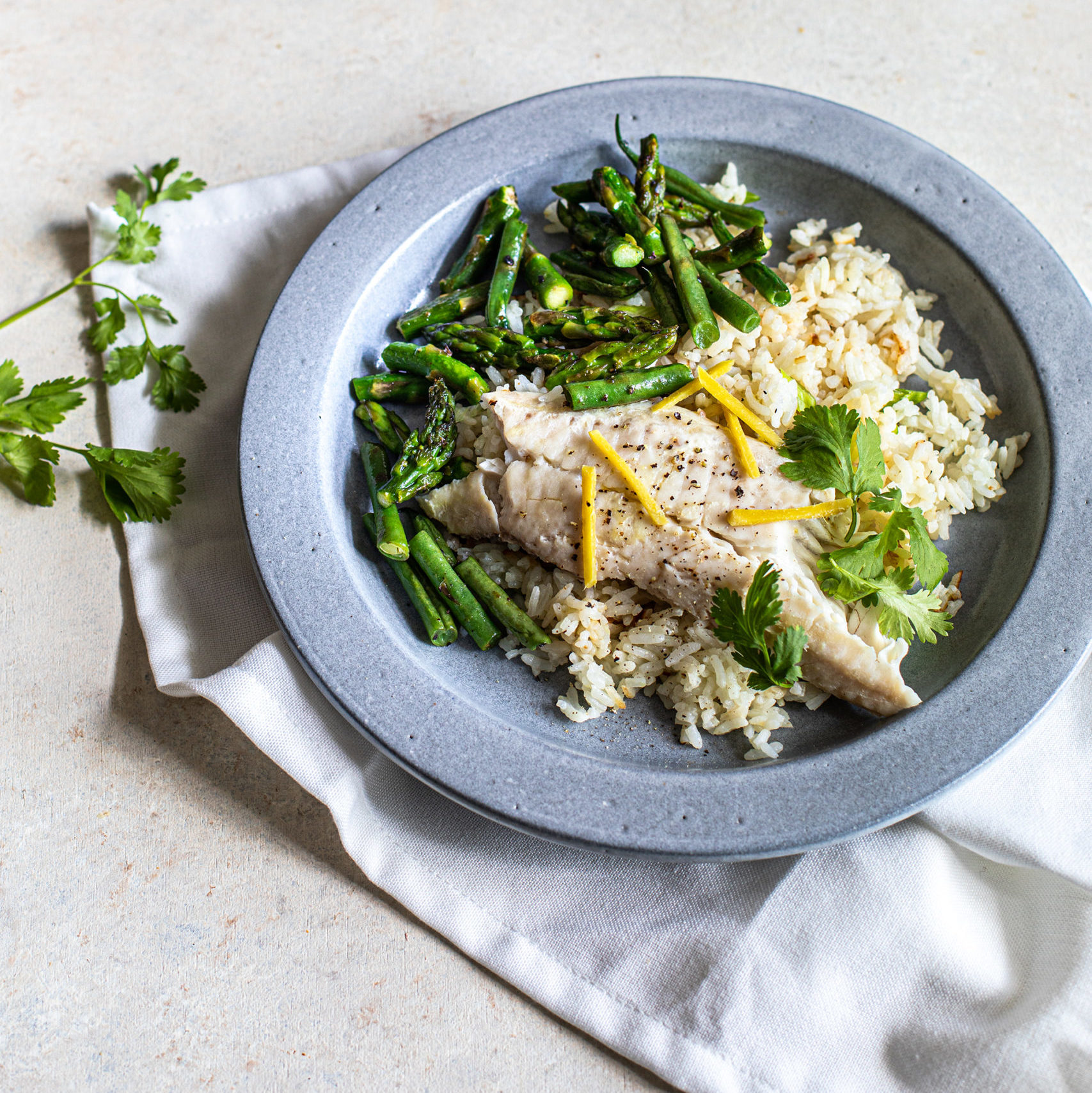
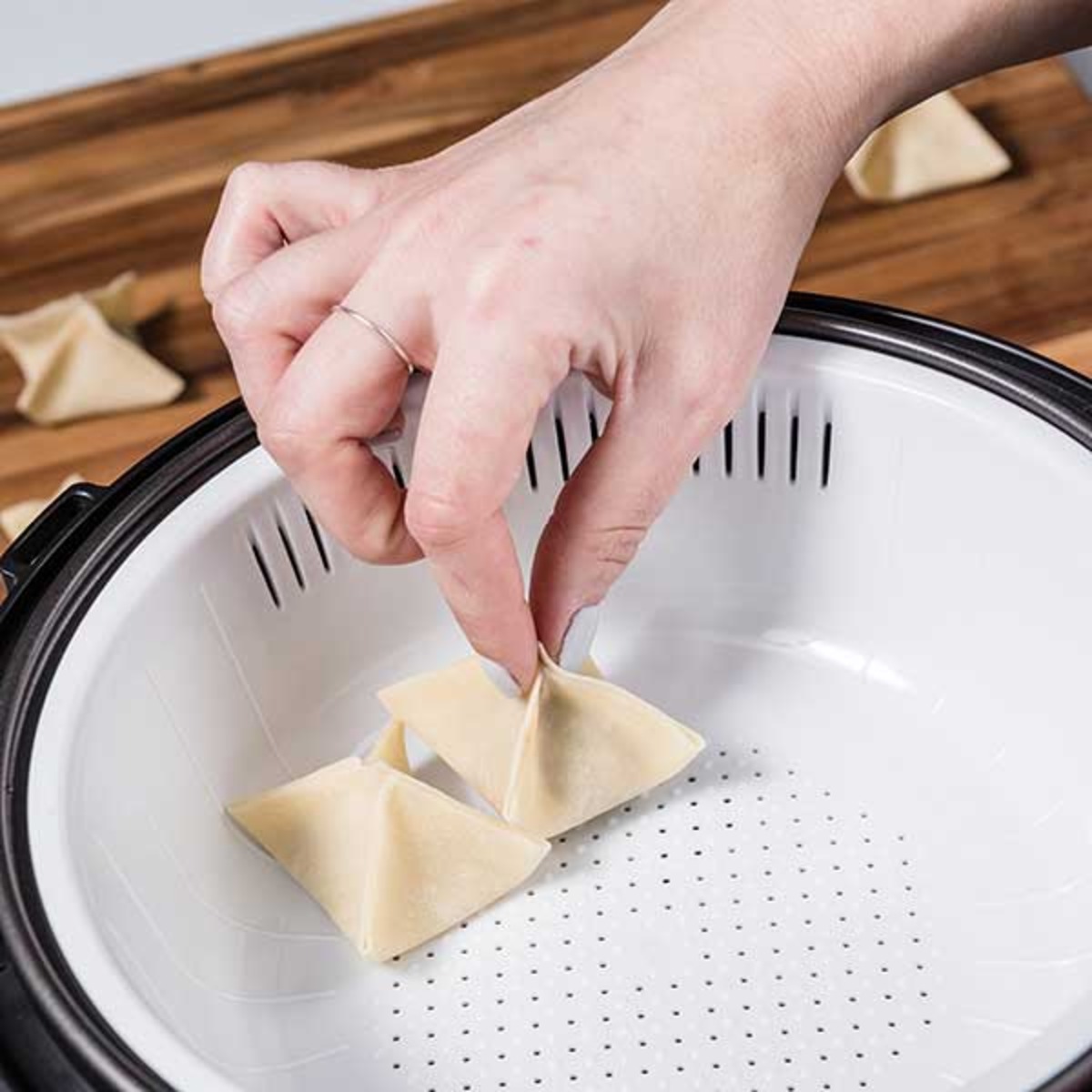
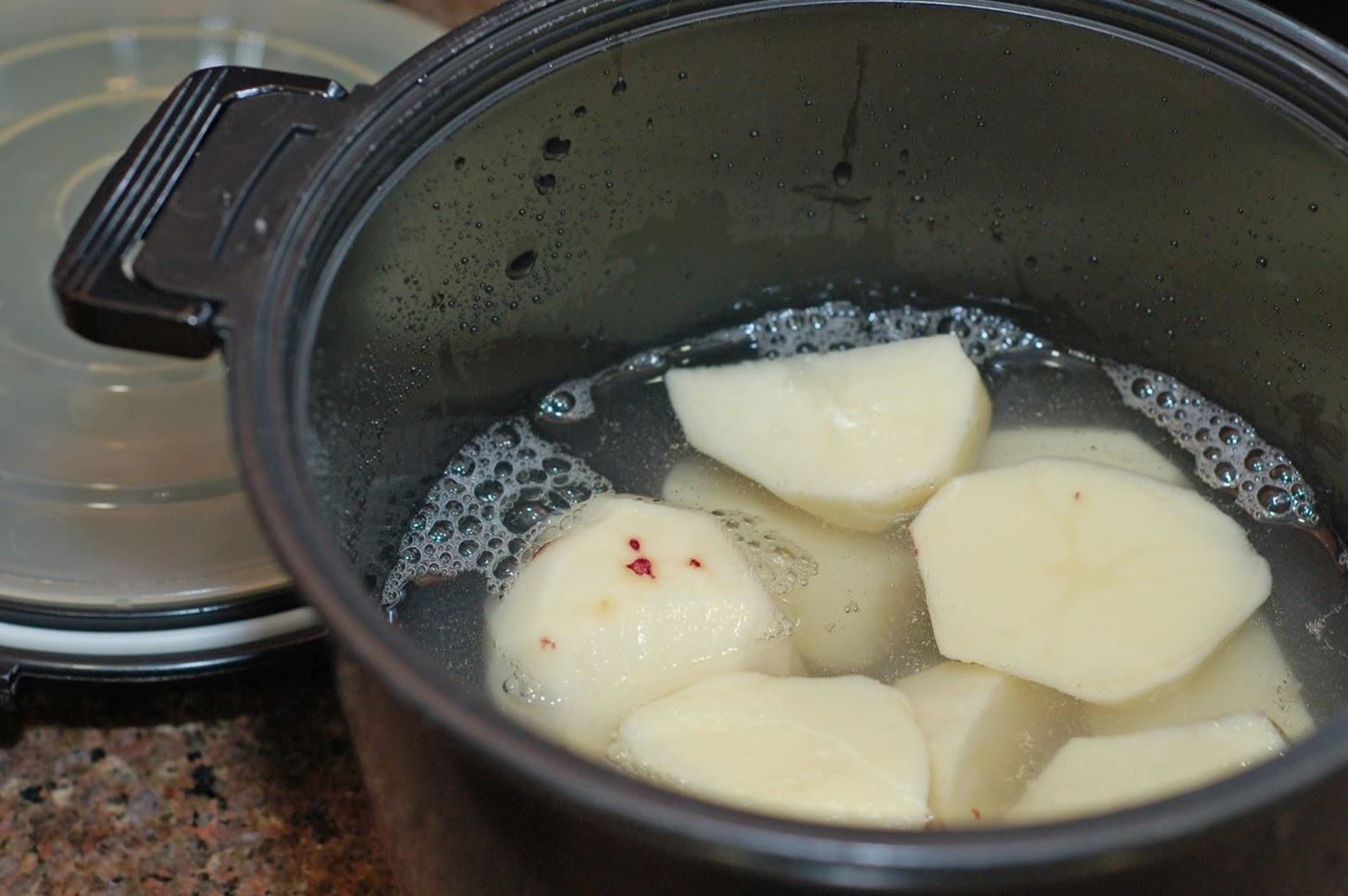
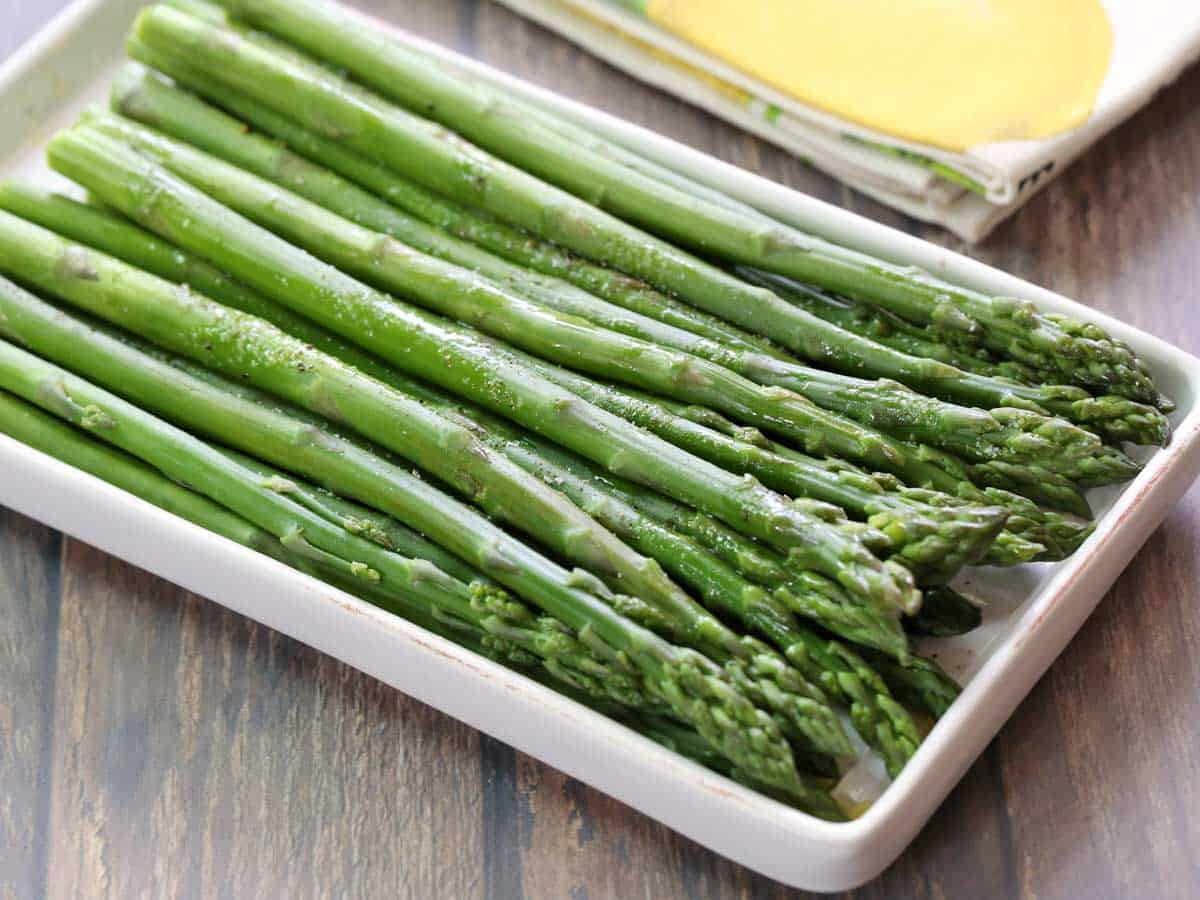
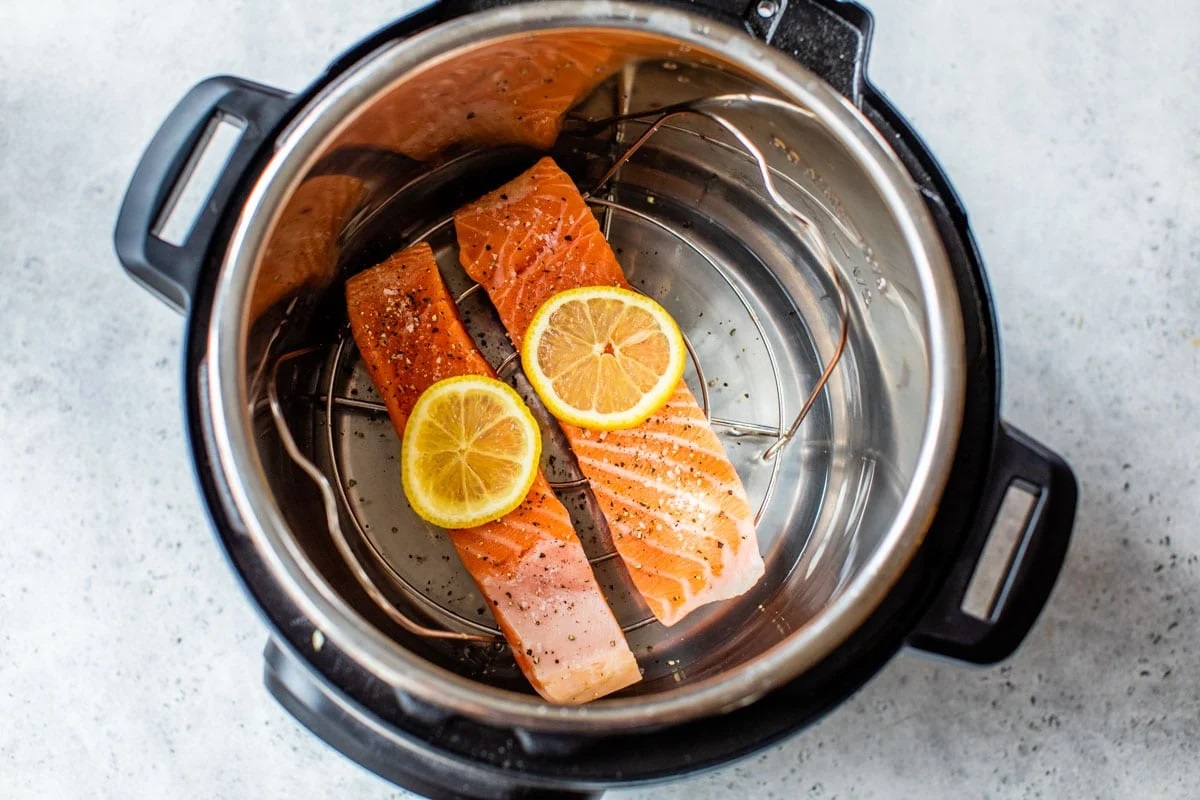
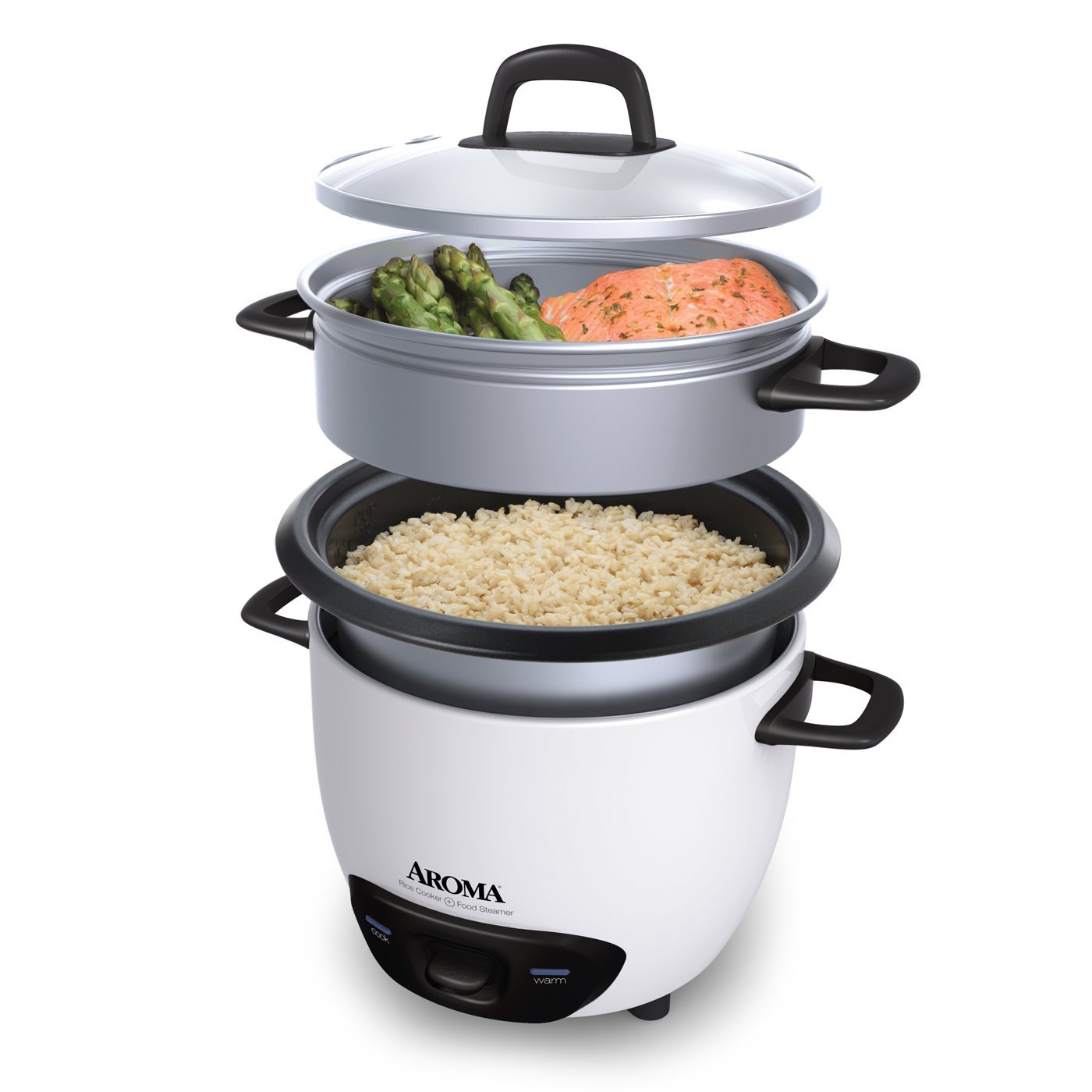
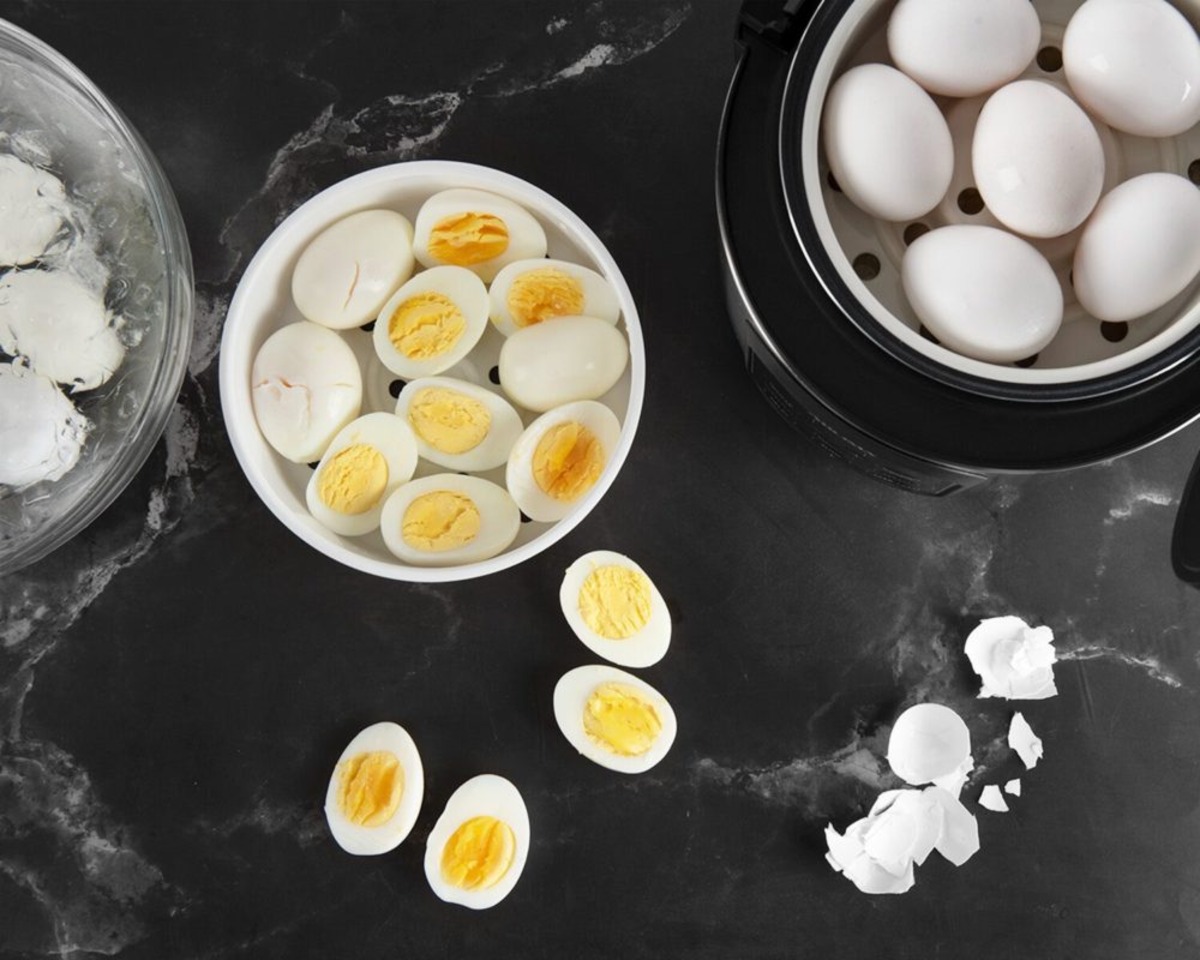
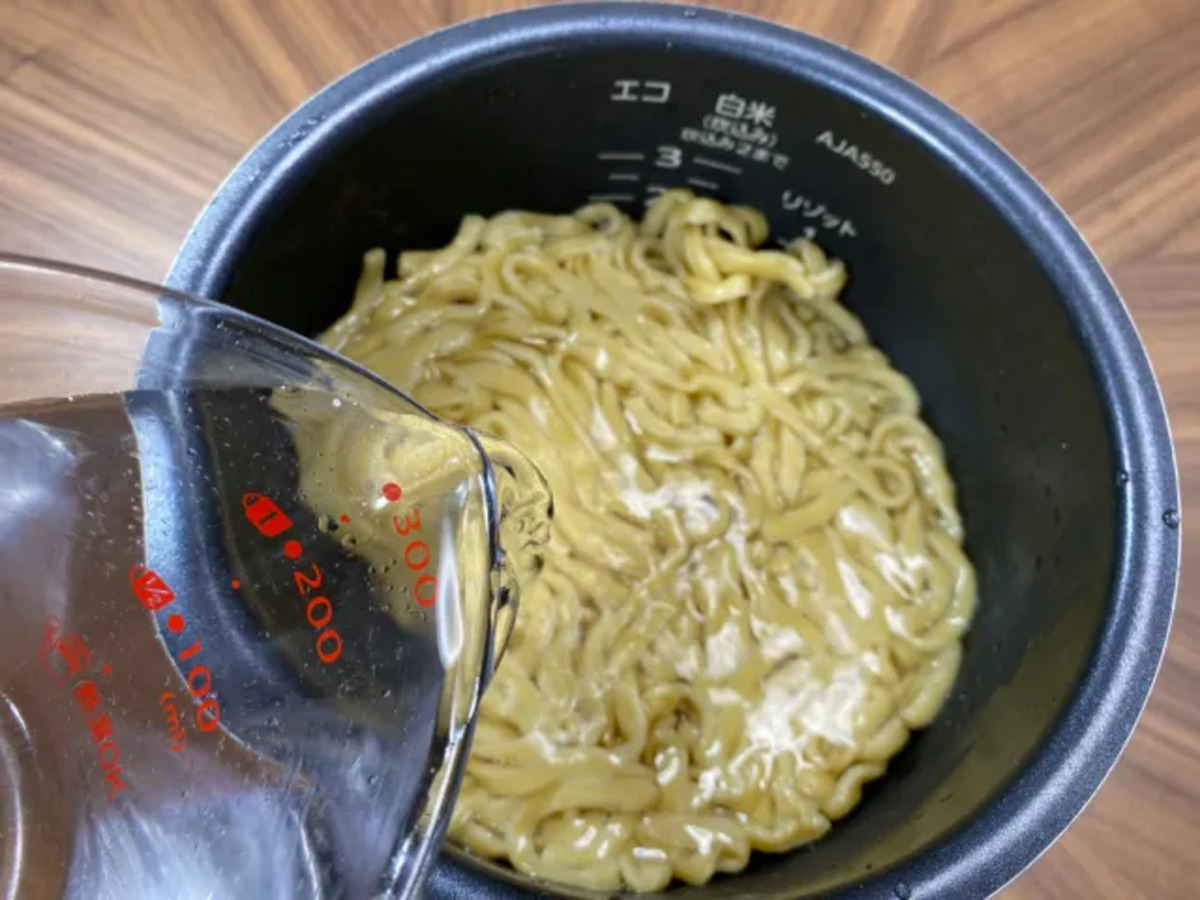
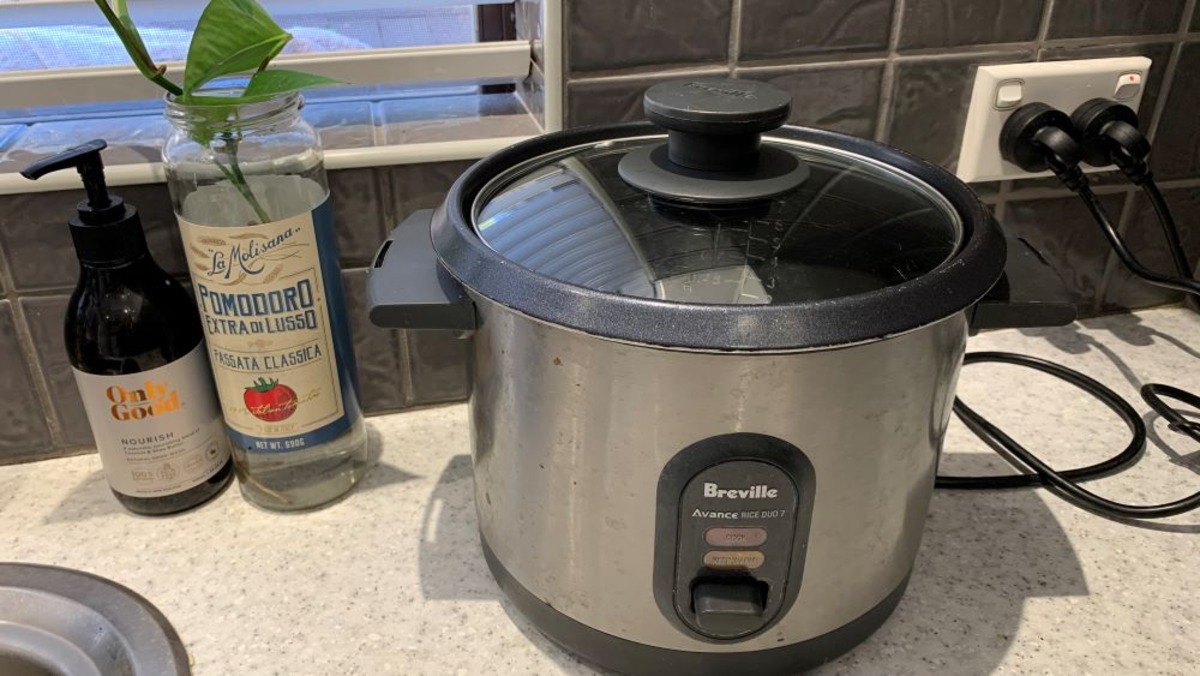


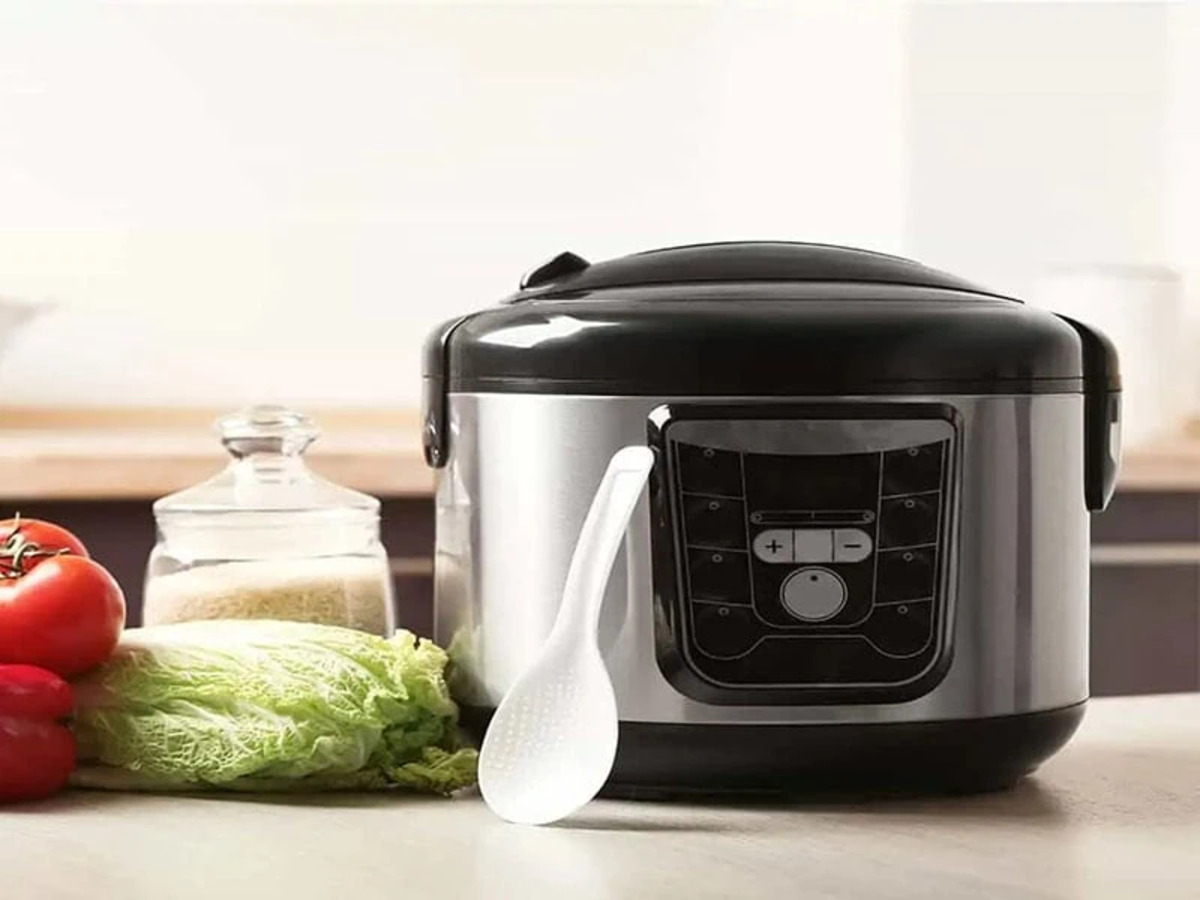

0 thoughts on “How Long To Steam Salmon In Rice Cooker”